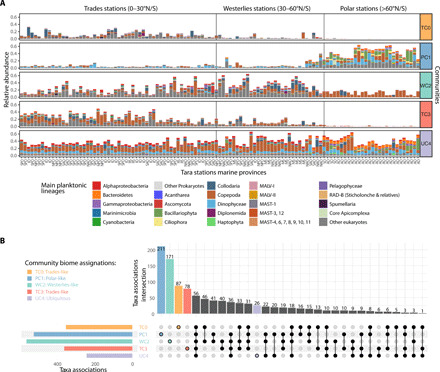Fig. 2. Biome-specific communities and associations emerge from the plankton interactome.

(A) The GPI can be decomposed into five communities that are preferentially observed in specific marine biomes: Communities TC0 and TC3 are Trades-like, community WC2 is Westerlies-like, community PC1 is Polar-like, and community UC4 is ubiquitous. Distinct main plankton lineage compositions are observed in each community along the latitudinal axis (stations are ordered by absolute latitude), disrespect of the ocean region. SPO, South Pacific Ocean; NPO, North Pacific Ocean; SAO, South Atlantic Ocean; NAO, North Atlantic Ocean; IO, Indian Ocean; RS, Red Sea; MS, Mediterranean Sea; SO, Southern Ocean; AO, Arctic Ocean. (B) Most plankton associations between main plankton lineages are community-specific, with communities WC2 (Westerlies-like) and PC1 (Polar-like) displaying the highest number of discriminant associations, while community UC4 displays fewer ubiquitous associations. Shared associations between communities are indicated with black-filled circles and connecting lines.
